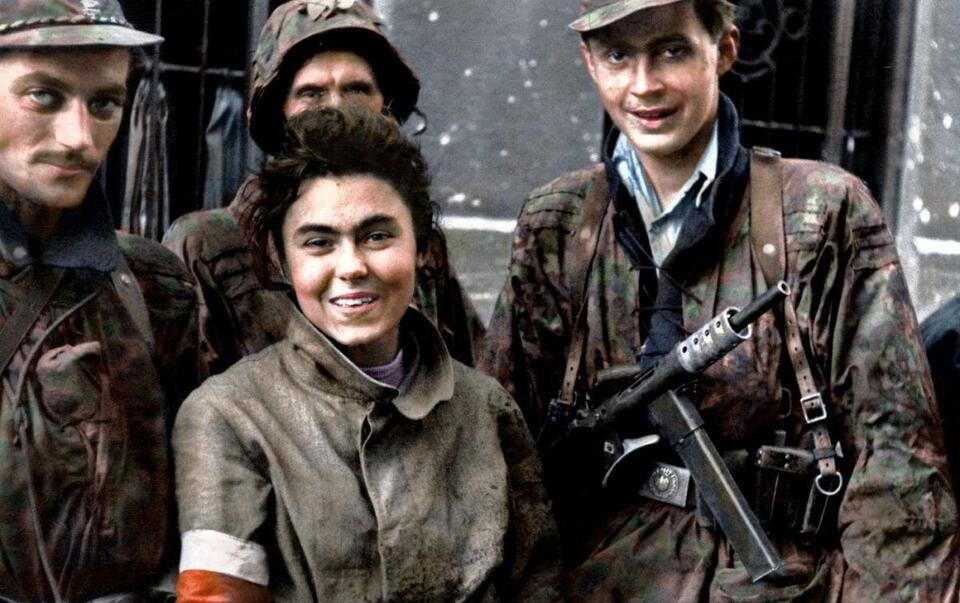The intricate process of coloring black and white photographs has been carried out by Mikołaj Kaczmarek. The photographs presented here come from collections of, among others, the Warsaw Rising Museum, the Polish Press Agency, the KARTA Center as well as private collections. They are part of an exhibition prepared by the IPN’s National Education Office entitled “Warsaw Uprising 1944. Battle for Poland”.
Photographs are published with the permission of the Institute of National Remembrance.
The order about the outbreak of the uprising was issued on July 31, 1944 by the Home Army commander, General Tadeusz Komorowski „Bór”, obtaining the approval of the Government Delegate Jan S. Jankowski.
On August 1, 1944, about 40-50 thousand insurgents joined the fight in the capital. However, only one in four of them could count on starting it with a gun in his hand.
Upon hearing about the Warsaw Uprising, Reichsfuehrer SS Heinrich Himmler issued an order in which he stated:
Every inhabitant should be killed, no prisoners should be taken, Warsaw should be razed to the ground and in this way an intimidating example should be created for the whole Europe.
For 63 days, the insurgents fought heroically and alone against the German army.
The Germans committed unprecedented atrocities and mass murders of civilians. Finally, due to the lack of prospects for further fighting on October 2, 1944, representatives of the Home Army signed a treaty in Ożarów on the cessation of warfare in Warsaw.
After the insurgents surrendered and the remaining Warsaw residents were expelled, the Germans methodically burned down and blew up the capital of Poland - house by house. After the war, Warsaw was only a sea of ruins.
And the Poles still had a bitter fate ahead of them - 50 years of staying in the Soviet zone.
gim, IPN, K.J.
Publikacja dostępna na stronie: https://wpolityce.pl/facts-from-poland/458085-moving-colour-ed-photos-from-the-warsaw-uprising
Dziękujemy za przeczytanie artykułu!
Najważniejsze teksty publicystyczne i analityczne w jednym miejscu! Dołącz do Premium+. Pamiętaj, możesz oglądać naszą telewizję na wPolsce24. Buduj z nami niezależne media na wesprzyj.wpolsce24.







